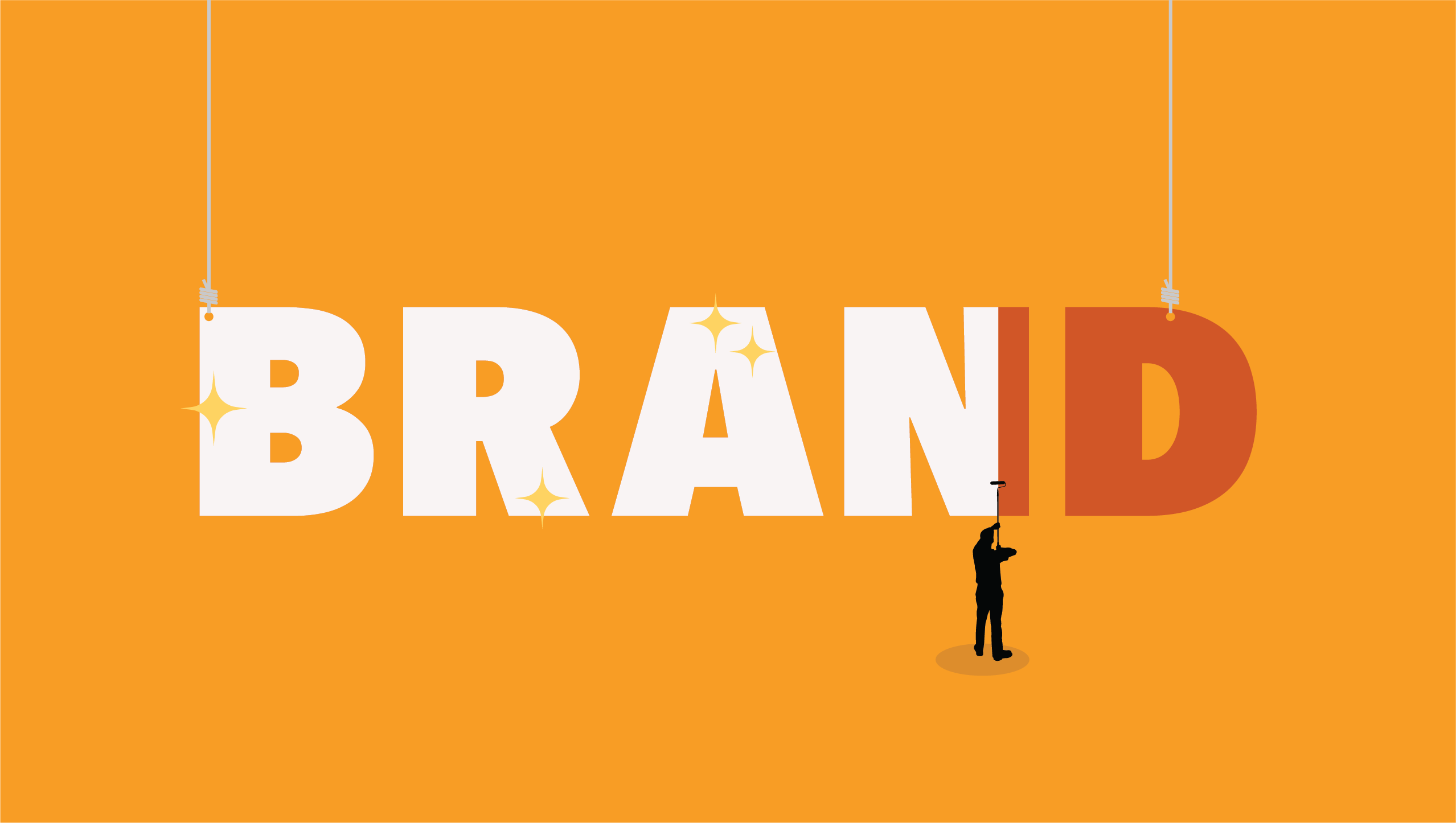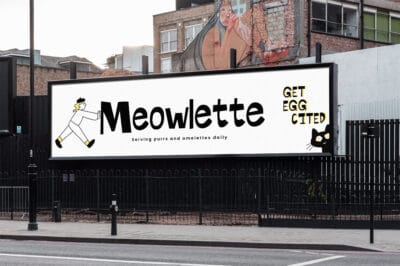Consistent brand presentation across all platforms can increase revenue by up to 23%, according to Lucidpress. However, when your brand starts to feel outdated or out of sync, its impact quickly fades. Customers disengage, and growth stalls. The antidote? A strategic rebrand.
In a rapidly changing marketplace, your brand is your most vital asset. It conveys who you are, sets you apart, and fosters credibility. But if your brand stops aligning with your current vision or operations, it’s a clear sign it needs a refresh.
Rebranding goes beyond updating visuals—it’s a strategic move that can reshape the direction of your business. But how can you tell when it’s the right moment to make that shift?
In this article, we explore 10 telltale signs that your business is ready for a rebrand. From industry upheavals to internal misalignments, recognizing these signals can position your brand for renewed success.
What Rebranding Means for Your Business
Rebranding is a deliberate transformation of your brand’s identity—its visual elements, messaging, and the emotions it evokes. It’s about shaping a story that connects with your audience while supporting your broader business objectives. A successful rebrand clarifies your market position, enhances competitiveness, and fosters deeper customer connections.
10 Clear Signals Your Business Needs a Rebrand
1. Market Shifts or Industry Disruption
Industries are in perpetual motion. Technological breakthroughs, regulatory changes, or disruptive newcomers can render your brand obsolete. To thrive, your brand must adapt.

Case Study: Netflix
“Netflix started out renting DVDs, but by anticipating the move to digital, it reinvented itself as a streaming leader—transforming from a niche service into a dominant force in entertainment.
2. Business Growth or Expansion
As your business scales—entering new markets, launching products, or diversifying services—your brand must reflect this growth.
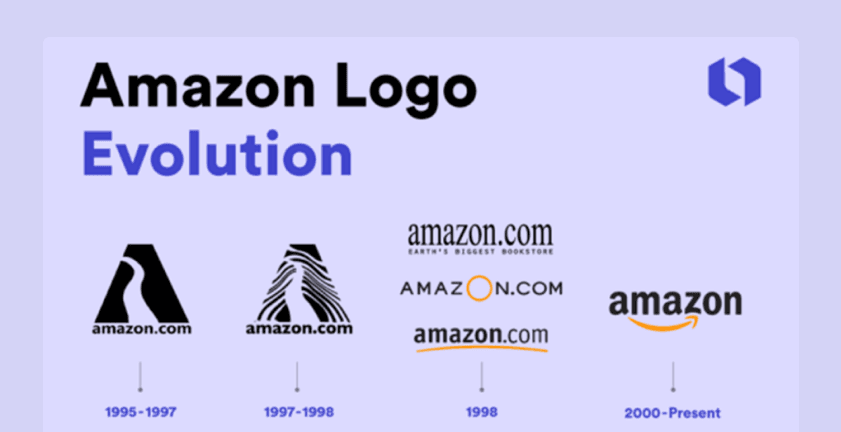
Case Study: Amazon
From an online bookstore to a global e-commerce and tech giant, Amazon’s rebrand mirrored its expansion, emphasizing innovation and customer-centricity.
3. Mergers, Acquisitions, or Structural Changes
Merging entities or restructuring can confuse your brand identity. Rebranding brings clarity to your message and reinforces confidence among stakeholders.
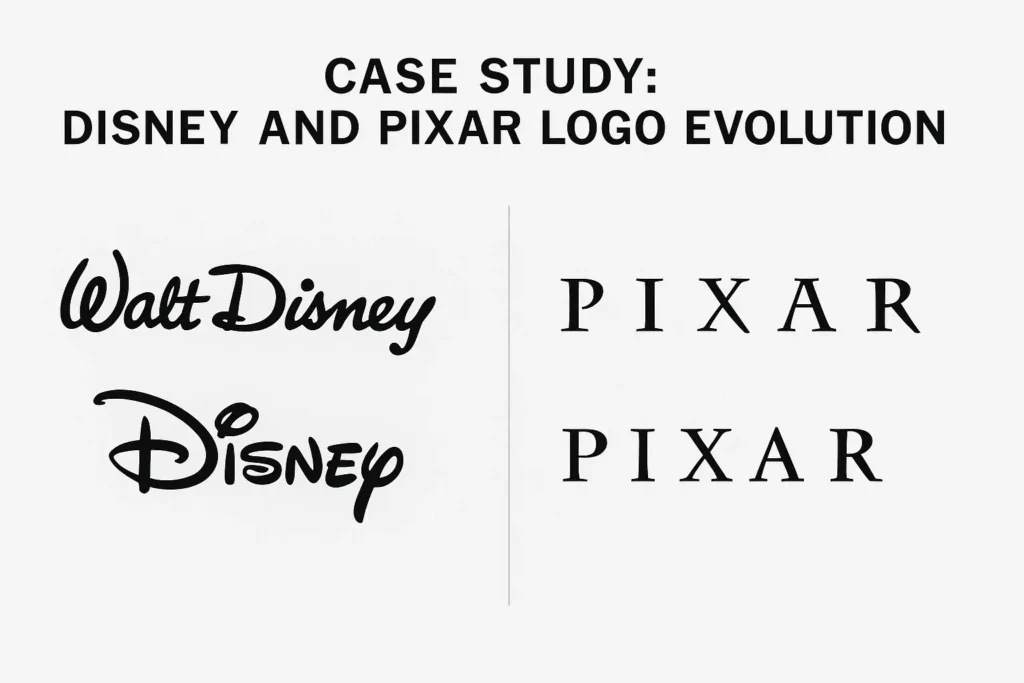
Case Study: Disney and Pixar
When Disney acquired Pixar, they preserved Pixar’s creative spirit while integrating it into Disney’s portfolio, creating a harmonious brand synergy.
4. Declining Market Presence
If your brand’s visibility or market share is waning, it may be losing relevance. “Rebranding can spark renewed interest and draw in fresh audiences.
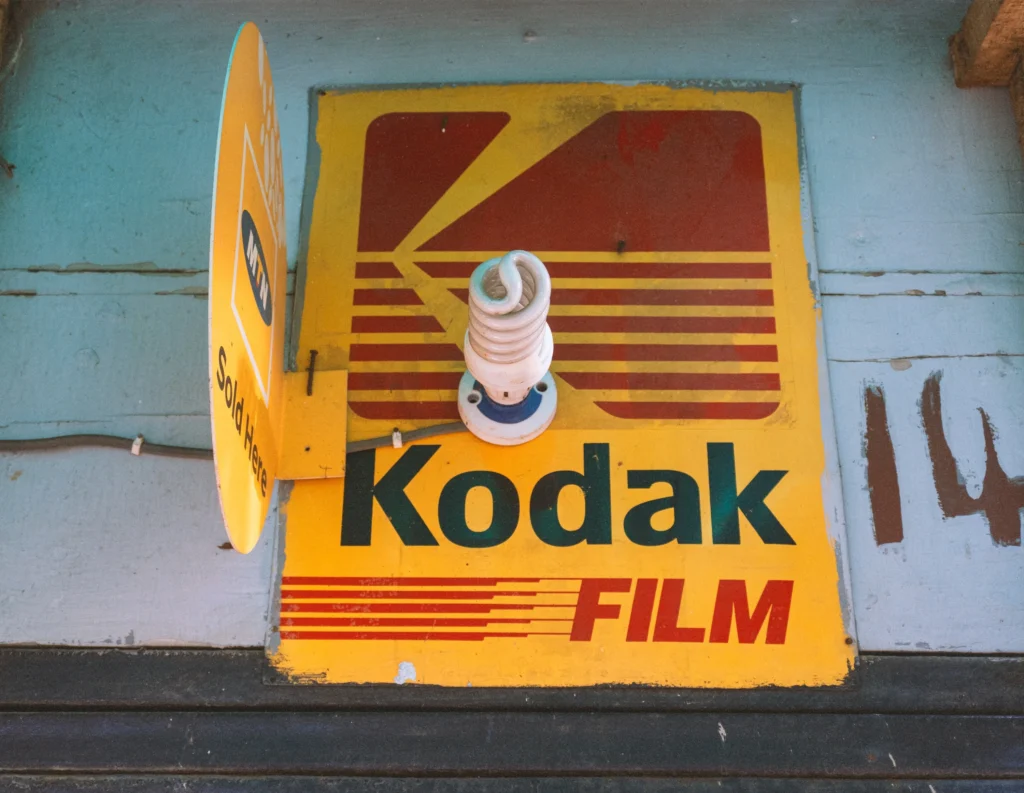
Case Study: Kodak
Kodak’s reliance on film photography hindered its ability to adapt, ultimately contributing to its downfall in the digital age.. A failure to rebrand cost them their market leadership.
5. Negative Brand Perception or PR Crisis
Scandals or negative press can tarnish your brand. Rebranding offers a path to redemption and renewed trust.
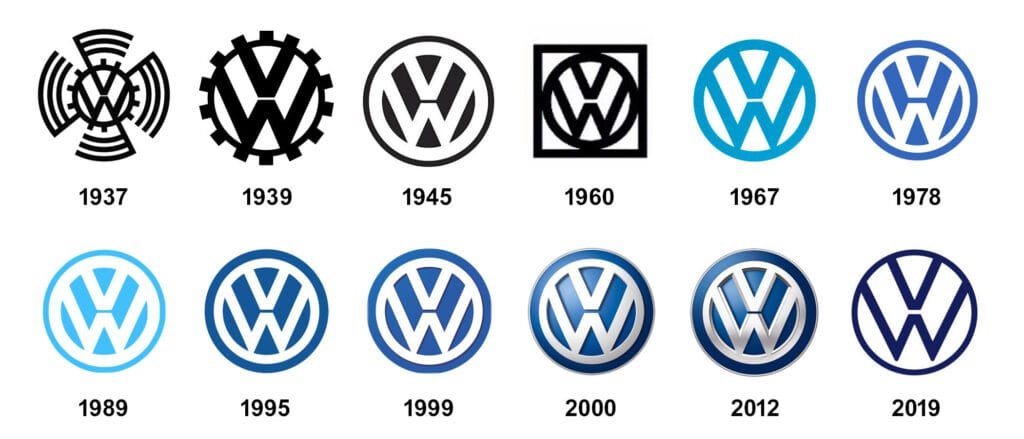
Case Study: Volkswagen
After the emissions scandal, Volkswagen rebranded with a focus on sustainability and electric vehicles, aiming to rebuild its reputation.
6. Intense Competition in the Market
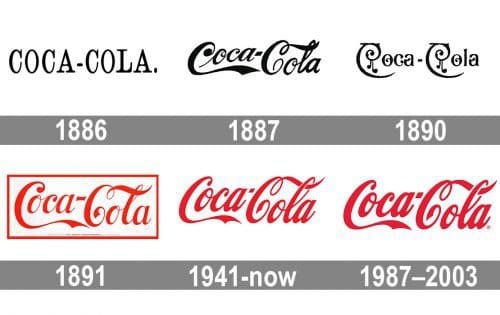
When competitors outshine you, a rebrand can reposition your business as a formidable player.
Case Study: Coca-Cola
Coca-Cola has rebranded multiple times to stay ahead of Pepsi and other rivals, using fresh designs and campaigns to maintain its iconic status.
7. Outdated Brand Identity
Visual elements that feel antiquated can make your business seem irrelevant. A modern rebrand signals progress.
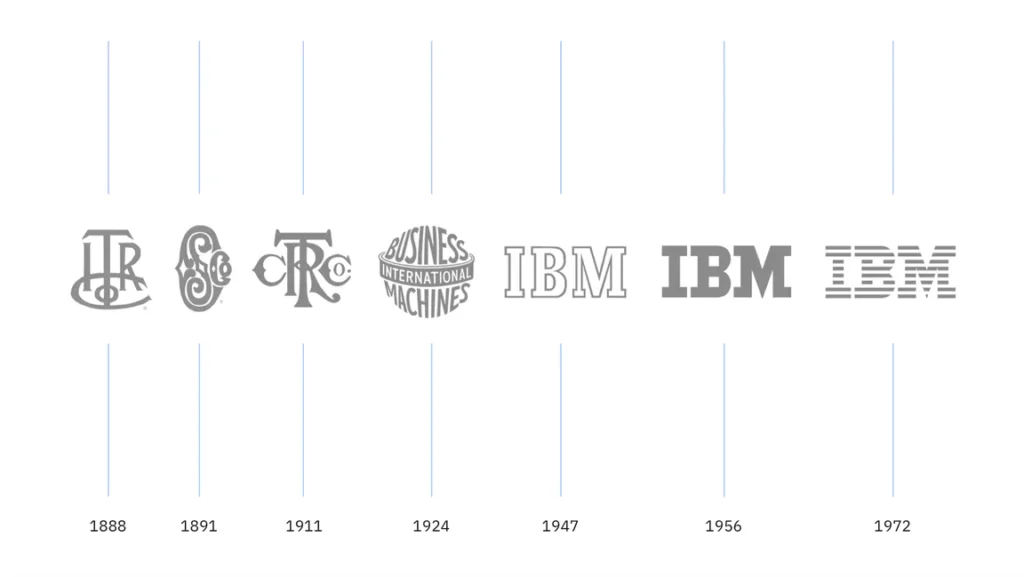
Case Study: IBM
IBM transitioned from a hardware company to a leader in AI and cloud services, updating its brand to reflect this shift.
8. Changing Customer Demographics
To stay relevant, your brand must evolve alongside the changing needs of your audience.
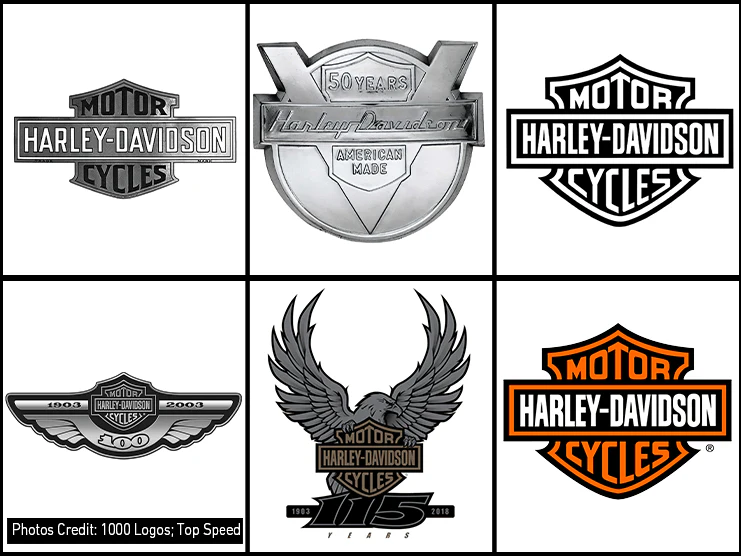
Case Study: Harley-Davidson
Harley-Davidson is rebranding to attract younger riders, balancing its heritage with contemporary appeal.
9. Legal or Trademark Issues
Legal challenges may force a name or identity change, but they also present an opportunity to refresh.

Case Study: Ionis Pharmaceuticals
Formerly Isis Pharmaceuticals, the company rebranded to avoid association with the terrorist group, choosing a name that reflects innovation.
10. Internal Brand Misalignment
If employees don’t embody the brand, its external projection suffers. Rebranding can realign internal culture.

Case Study: Slack
“Slack’s rebrand streamlined its messaging, focusing on collaboration and productivity, creating a strong connection with both employees and users.
Overcoming Common Obstacles in Rebranding
Rebranding is exhilarating but complex. Here’s how to navigate common obstacles:
Balancing Cost vs. Value
Rebranding is an investment. To ensure it pays off, define clear objectives and metrics for success.
Maintaining Customer Loyalty
Keep customers engaged by sharing the rebranding journey and soliciting their input.
Ensuring Internal Buy-In
Involve employees early through workshops and transparent communication to foster alignment.
Managing Public Perception
Tell a powerful story about your rebrand and leverage PR and social media to maximize its reach.
How to Lead a Successful Rebrand
A rebrand can redefine your business’s perception, but it demands meticulous planning. Here’s how to execute it effectively:
Conduct a Brand Audit
Evaluate your current brand’s strengths and weaknesses through customer feedback, market analysis, and internal assessments.
Set Clear Goals and Success Metrics
Define what you aim to achieve—whether it’s market expansion, reputation repair, or increased engagement—and establish KPIs.
Develop a Rebranding Roadmap
Outline the steps, from redesigning visuals to updating messaging, and set a realistic timeline.
Involve Key Stakeholders
Involve leadership, employees, and customers to ensure the rebrand captures a wide range of perspectives.
Create a Brand Style Guide
Create comprehensive guidelines for logo usage, typography, color schemes, and tone to ensure brand consistency.
Build a Launch Strategy
Plan a phased rollout: internal launch, soft launch to select audiences, and a full public launch with marketing support.
Conclusion
Rebranding is a powerful tool for businesses ready to evolve. By recognizing the signs—from market shifts to internal misalignments—you can seize the opportunity to redefine your brand’s future. If these indicators resonate with your business, consider partnering with Brandlic. Our expertise in strategic rebranding can guide you toward lasting success.
For more information on branding, graphic design, illustration, product design, or packaging design, visit Brandlic. For packaging production, visit Packlic.
